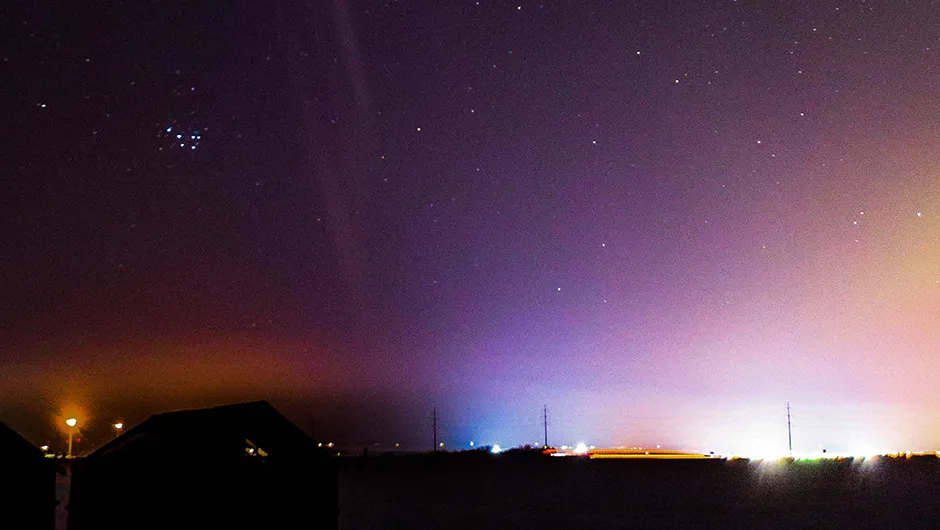Studies of an aurora named STEVE (Strong Thermal Emission Velocity Enhancement) with ESA’s Swarm satellites found that although the phenomenon is similar in many regards to 'normal' aurora, STEVE follows a different path down to Earth, explaining why its behaviour is so odd.
Most aurora displays are created when Earth’s magnetic field guides the solar wind towards the north or south poles.
When the solar wind particles collide with the upper atmosphere, it creates the familiar curtains of red, blue and green light we recognise as the aurora and which can last for hours.
However, in 2016 members of the The Alberta Aurora Chasers Facebook group discovered a new display that acted differently – a purple streak of light that lasted for only a short time.
They named it ‘STEVE’ and brought it to the attention of aurora researchers including Elizabeth MacDonald, a space physicist at NASA.
"This is a light display that we can observe over thousands of kilometres from the ground,” says MacDonald.
“It corresponds to something happening way out in space.

Gathering more data points on STEVE will help us understand more about its behavior and its influence on space weather.”
MacDonald and her team began to study the new display using ESA’s Swarm magnetic field satellites.
They found that though STEVE was created by the same general process as the normal aurora, it travelled along different field lines.
This meant that Steve could appear at much lower latitudes where the global electric and magnetic fields make ions and electrons flow in the east-west direction.
As they are caught up in this flow the electrons heat, creating a fast-moving stream called the sub-auroral ion drift.
Scientists have known about this drift for decades, but until the Swarm observations associated it with Steve, no one was aware that it had a visual effect.
“STEVE can help us understand how the chemical and physical processes in our upper atmosphere can sometimes have local noticeable effects in lower parts of the atmosphere,” says MacDonald
“This provides good insight on how Earth’s system works as a whole.”
Though the name STEVE was given by the original Facebook group, the moniker has stuck and even had its own acronym retrospectively engineered for it: Strong Thermal Emission Velocity Enhancement.STEVE has only been discovered recently as cameras' sensors are only now sensitive enough to detect it, though it may have gone unnoticed if not for the worldwide community of aurora hunters communicating over the internet.
“Although STEVE is now being studied by some of the best scientists in the field of space weather, it remains an excellent example of citizen science – without which it would have gone unnoticed,” says Rune Floberghagen, ESA’s Swarm mission manager.
